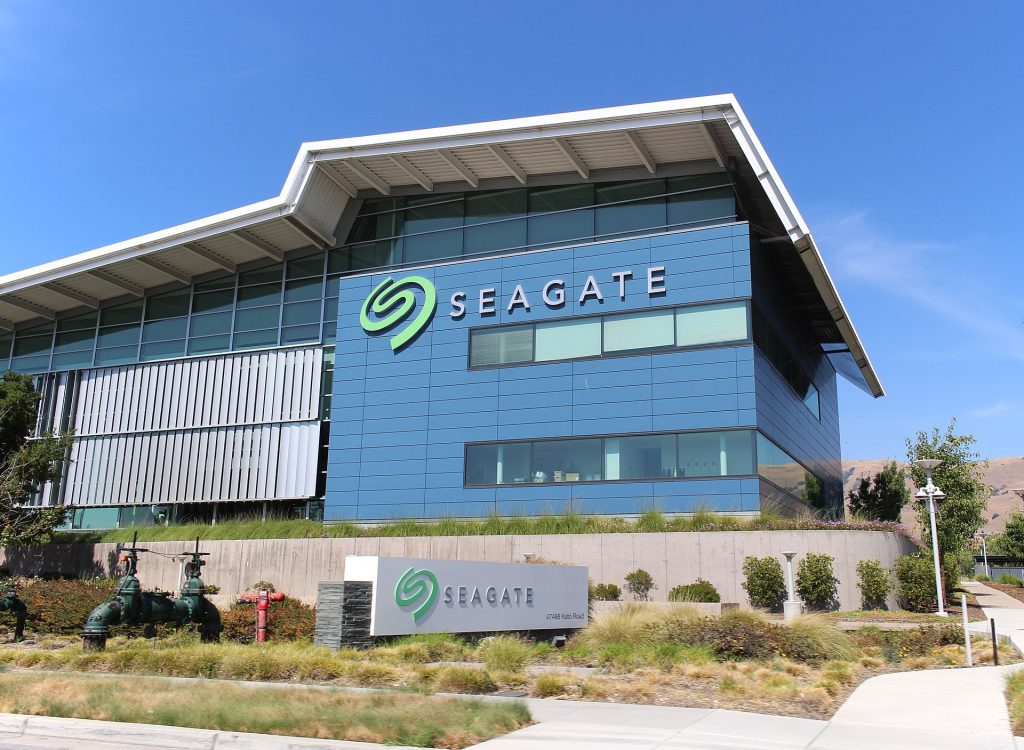
Beneath the hills of Santa Cruz, in the winter of 1979, the smell of a warehouse lingered in the air. Al Shugart—founder and first CEO of Seagate—unfolded a thin schematic on a folding desk.
“5.25-inch. A storage device that fits inside a desktop. A hard disk drive.”
Finis Conner, Tom Mitchell, Doug Mahon, and Syed Iftikar nodded. As the midnight scent of solder faded, someone muttered:
“This isn’t just a floppy alternative—this is a revolution in storage.”
By May of the following year, the ST-506, a 5MB hard drive, was showcased at an industry exhibition. Storage devices that once took up a box now fit into the size of a PC.
Convincing the World of Hard Drives
In its early years, Seagate focused less on sales and more on persuasion. Customers asked:
“With cassettes and floppies, why would we need a hard disk?”
Engineers opened up the drive to explain:
“Speed, reliability, and capacity. It’s not even comparable.”
By the early 1980s, the 5.25-inch HDD had become the standard in personal computing. Seagate quickly emerged as the brand synonymous with PC storage.
Expansion Through Acquisitions
Component shortages and price pressure defined the 1980s, until a defining moment in 1989: the acquisition of CDC’s HDD division, Imprimis. Overnight, Seagate gained major OEM channels and enterprise clients. A colleague remarked in the break room:
“Now, we can expand into bigger markets—under our own name.”
The move paved the way for larger consolidations. In 1995–96, Seagate announced a multi-billion-dollar merger with Conner Peripherals, a company holding the growth engine of 3.5-inch drives. With this, Seagate became the world’s largest independent HDD maker. A product manager whispered at the briefing:
“We now hold every form factor of the past—and the future—in our hands.”
Leadership Shifts and Restructuring
But inside, challenges mounted. In 1998, founder Al Shugart stepped down, and Steve Luczo (CEO 1998–2004; 2009–2017) took the reins.
“Fewer factories, project-based design, more automation.”
Three lines on a whiteboard turned into rapid restructuring.
During this time, Seagate traded its software assets with Veritas, exposing the gap between market valuation and unseen value. By 2000, with Silver Lake and TPG, Seagate embarked on one of the largest leveraged buyouts in tech history—only to return to NASDAQ two years later. Someone joked in the lobby:
“We’ve caught our breath—now let’s leap further.”
Breaking the Density Barrier: PMR
Technological advances accelerated. In 2006, Seagate commercialized Perpendicular Magnetic Recording (PMR)—replacing horizontal alignment with vertical recording.
The 750GB Barracuda 7200.10 shattered the belief that “higher capacity means slower drives.”
An engineer commented:
“This is a small shift in bit orientation—with a massive impact.”
Strategic Acquisitions: Samsung & LaCie
Seagate’s growth continued externally. In 2011, it acquired Samsung’s HDD business for $1.4B, combining cash and stock. The deal strengthened its platter, spindle, and controller capabilities. In 2012, Seagate acquired control of LaCie, a premium storage brand for prosumers and creative professionals.
The Modern Era: From Luczo to Mosley
In 2017, Dave Mosley became CEO. With his operations and manufacturing background, he delivered a short message:
“High capacity, massive scale, low power—we’re right on the curve.”
Seagate legally headquartered in Dublin, Ireland, while maintaining operations HQ in Fremont, California. The map changed, but the trajectory remained constant: cloud and hyperscale storage.
Regulatory Turbulence
But crises always arrive unannounced. In 2023, the U.S. Department of Commerce fined Seagate $300M for export violations related to shipments to Huawei between 2020–21. The compliance team reported:
“We’ll settle and rebuild our internal rules.”
That evening, a stricter checklist was circulated company-wide. It was a reminder: in a world where industry and geopolitics collide, compliance is as critical as capacity.
HAMR and the Future of Storage
By 2024–2025, the spotlight turned to technology once again. HAMR (Heat-Assisted Magnetic Recording) finally entered mass production. On the Mosaic 3+ platform, 30TB Exos drives shipped to hyperscale customers.
“Over 3TB per platter, available in both air and liquid cooling configurations.”
In 2025, Seagate announced 36TB samples, signaling the next milestone. An engineer remarked by the cooling manifold:
“Now, it’s heat—not just magnetism—that defines capacity.”
Why HDD Still Matters
At night, the test labs quiet down. The hum of motors, the whisper of liquid cooling pipes, the steady rhythm of firmware logs.
A young engineer asks:
“Why do we still make HDDs when the world is going SSD?”
A veteran replies with a smile:
“Because most of the world’s data still needs to be stored cheaply and for the long term. SSDs for speed, HDDs for scale.”
Indeed, hyperscale orders alone validate the statement.
Seagate’s Journey in One Line
Read chronologically, Seagate’s journey can be condensed:
- 1980 ST-506 reshaped PCs.
- 1989 and 1996 acquisitions expanded its market reach.
- 2000 privatization and 2002 relisting redefined its capital strategy.
- 2006 PMR and 2024 HAMR commercialized density breakthroughs.
- Leadership transitions, restructuring, and regulatory tests all pointed in one direction: more bytes, in less space, with lower power.
Today and Tomorrow
Today, Seagate stands between factories and hyperscale racks. In Fremont, firmware compiles. In Dublin, legal papers are filed. In data centers, 30TB platters spin for cloud providers.
At the end of a meeting, someone points to an old photo of the ST-506 on a table.
“The goal is the same: store more, store longer, store efficiently.”
The story of storage always repeats itself. And Seagate, with persistence in technology, process, M&A, and governance, has written it chapter by chapter. Now, as the world turns everything into data, Seagate’s ascent may only be beginning.

By Компания Seagate Technology LLC (правообладатель) – Публичные материалы официального сайта компании Seagate Technology LLC [1], Public Domain, https://commons.wikimedia.org/w/index.php?curid=8939230
